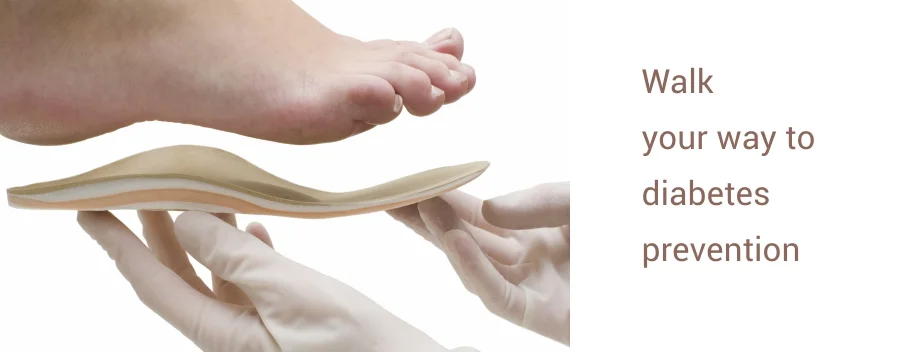Think of exercise as medicine without the pill: It not only helps lower blood sugar, but it also improves heart health, strengthens bones, reduces stress, and trims inches off your waist.
A study published in the Diabetes care says that walking for exercise after a meal — both sustained walking for 45 minutes and a walking program broken into three 15-minute bouts — helped lower blood sugar in older people. In fact, walking briskly can lower your risk of high blood pressure, high cholesterol and diabetes as much as running, according to a new study conducted. According to the American Heart association, we need 30 minutes of physical activity per day, at least 150 minutes of moderate activity per week or 75 minutes of vigorous activity per week to derive benefits.
Book an Appointment
Some important things to keep in mind before you walk your way:
It’s not all or nothing; it’s step by step – Finding a way to enjoy walking helps. So set a reachable goal just for today. Then you can work toward your overall goal of 30 minutes a day by increasing your time as you get in better shape.
And if you’re busy — like most of us — you can split up your walks into 10-15 minutes each.
You can also work in walking when you:
- Spend quality time with the family at the park.
- Park farther from your workplace and use the stairs instead of the elevator.
- Window shop at the mall.
All you have to do is lace up with a good pair of sneakers — and walk. It’s that easy. It’s also safe, the least expensive and has the lowest dropout rate of any type of exercise.
Before you know it, brisk walking can become a part of your daily routine
As you stroll, enjoy knowing that a walking program will help reduce your risk of diabetes complications, and that your efforts will help you enjoy all the health benefits of exercise.
